October 29, 2025
Data Shows Endangered Palau Ground Doves Swiftly Recovering After Successful Palauan Island Conservation Effort
Astounding evidence of recovery on Ulong Island in Palau after just one year!
Published on
April 29, 2016
Written by
Sara
Photo credit
Sara
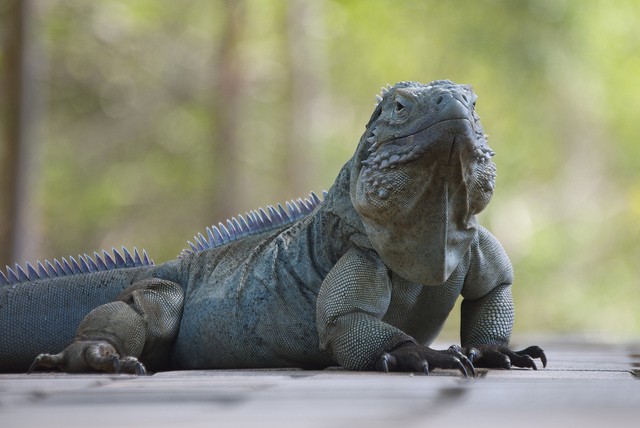
Blue Iguanas, threatened by invasive species, were downlisted from “Critically Endangered” to “Endangered” thanks to conservation efforts.
What could possibly put a 5-foot long, 25-lb giant reptile on the Critically Endangered species list? How could the largest species on the Grand Cayman Islands be at risk of extinction? Under normal conditions the Blue Iguana would thrive in its native home. It would play a key role in the ecosystem by dispersing fruit seeds around the island. But when a suite of invasive species were introduced to the island, the Blue Iguanas were suddenly at risk. The invasive species prey on iguana babies and juveniles. These rapturous reptiles have no way to defend themselves against the unprecedented predators.
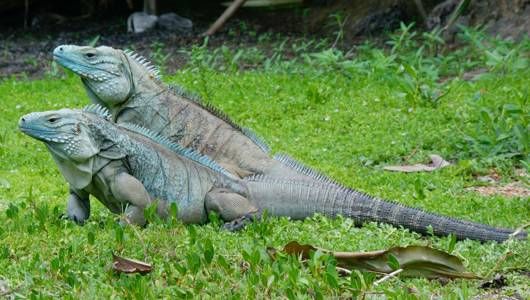 Photo: Fred Burton
Photo: Fred BurtonWe are confident that we will achieve our long-term goal of restoring at least 1,000 Grand Cayman blue iguanas to the wild. – Fred Burton, director of the Blue Iguana Recovery Program.
Fortunately, conservationists implemented projects to restore the Blue Iguana population to a healthier size. Captive breeding and release programs are proving effective. In April, the Blue Iguana officially advanced from “Critically Endangered” to “Endangered.” This shift marks an important achievement for the rare species, but the work is only just beginning. If Blue Iguanas are to continue to survive on Grand Cayman Island, they will also need their habitat to be devoid of invasive species.
Read the original article at Mother Nature Network.
Feature photo by Nate Steiner.
Check out other journal entries we think you might be interested in.

October 29, 2025
Astounding evidence of recovery on Ulong Island in Palau after just one year!
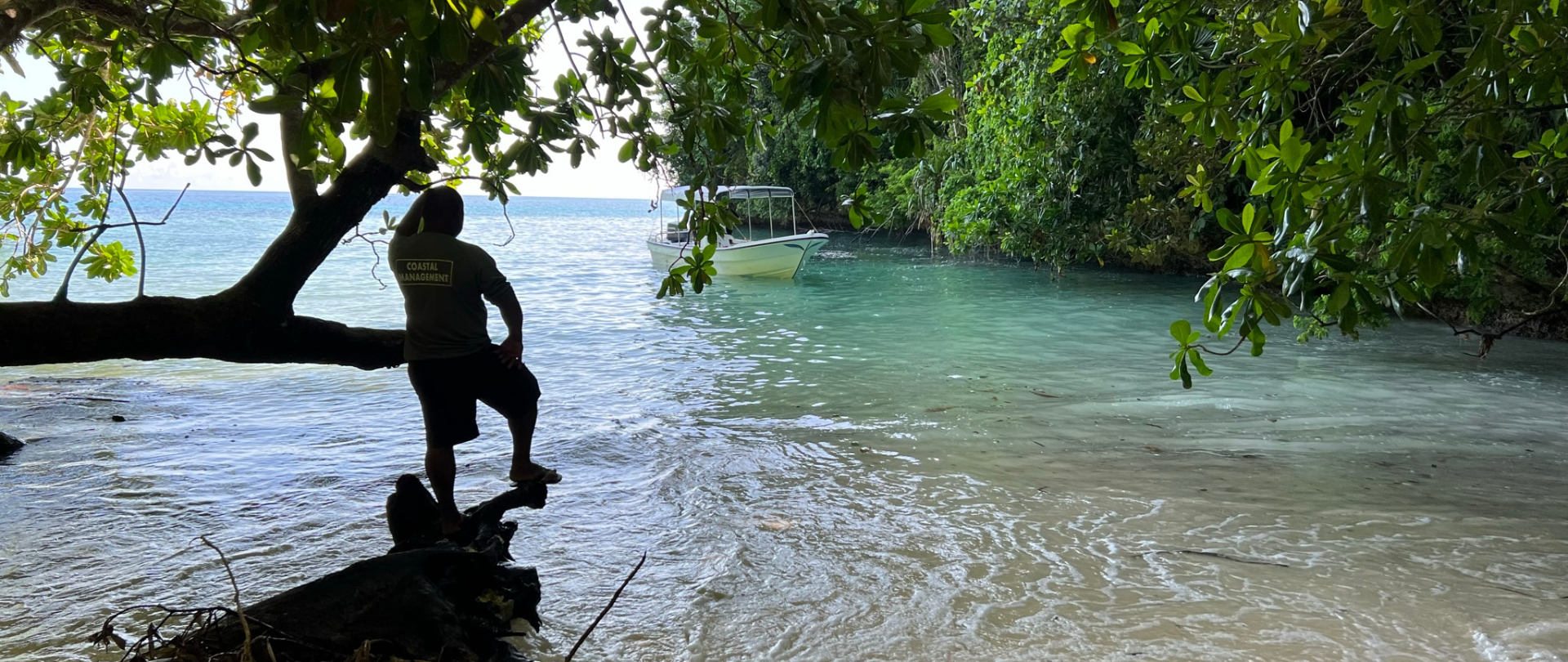
May 19, 2025
Read our position paper on The 3rd United Nations Ocean Conference (UNOC 3) to see why we're attending and what we aim to accomplish!
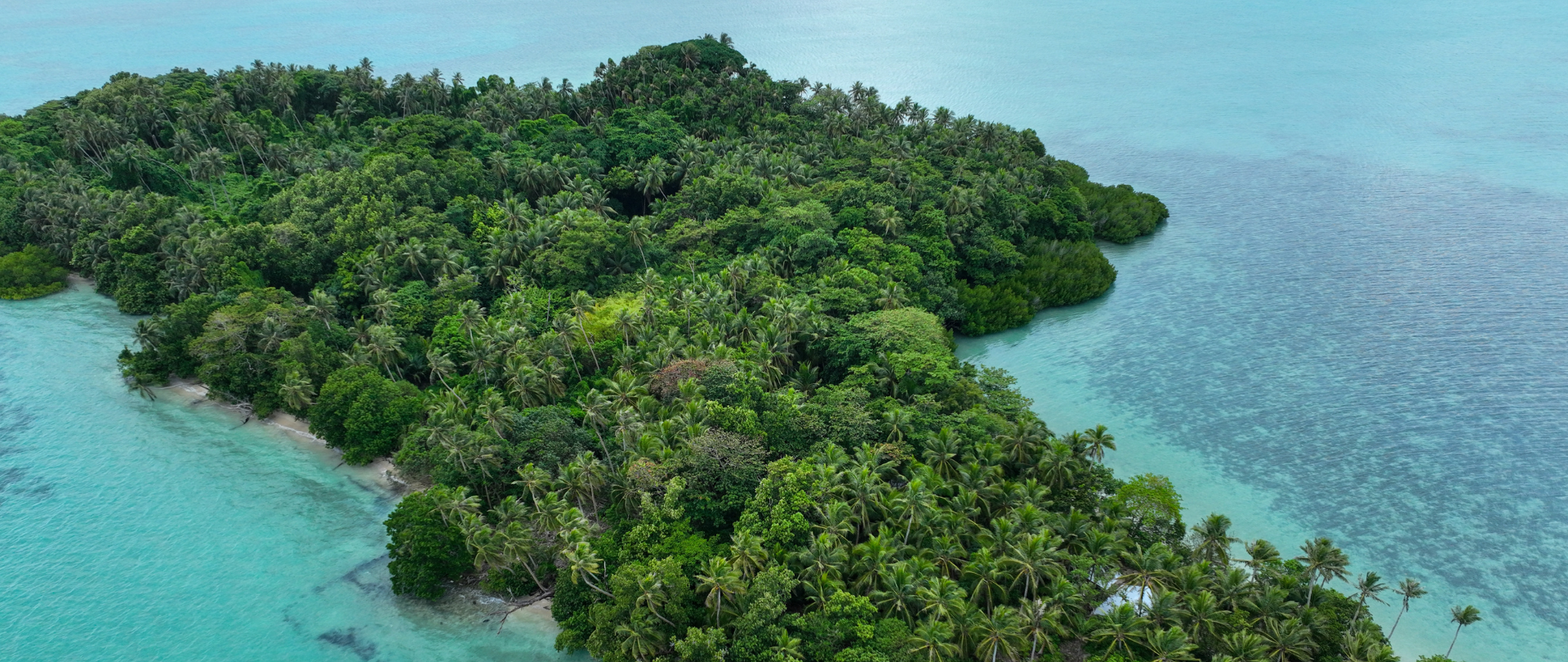
December 4, 2024
Ann Singeo, founder of our partner organization the Ebiil Society, shares her vision for a thriving Palau and a flourishing world of indigenous science!
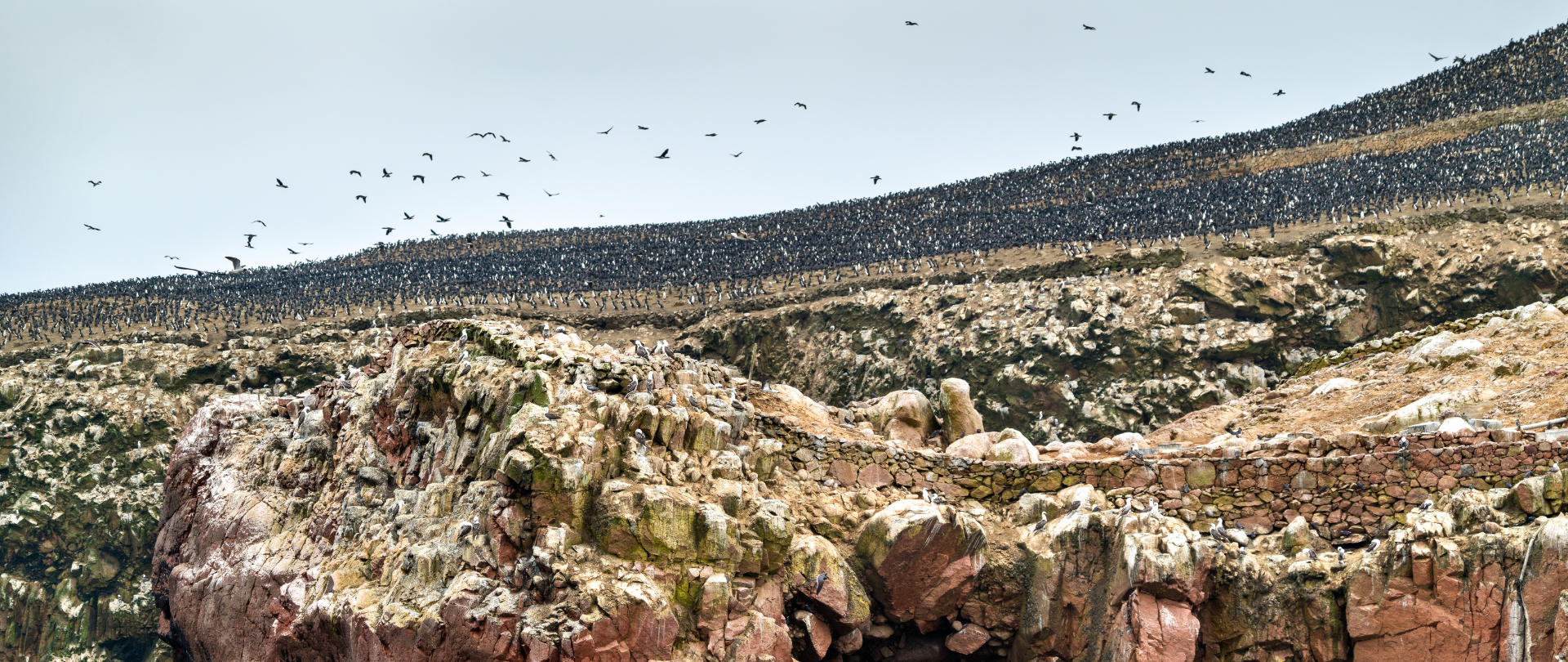
November 22, 2024
This historic agreement aims to protect the marine and coastal areas of the Southeast Pacific.
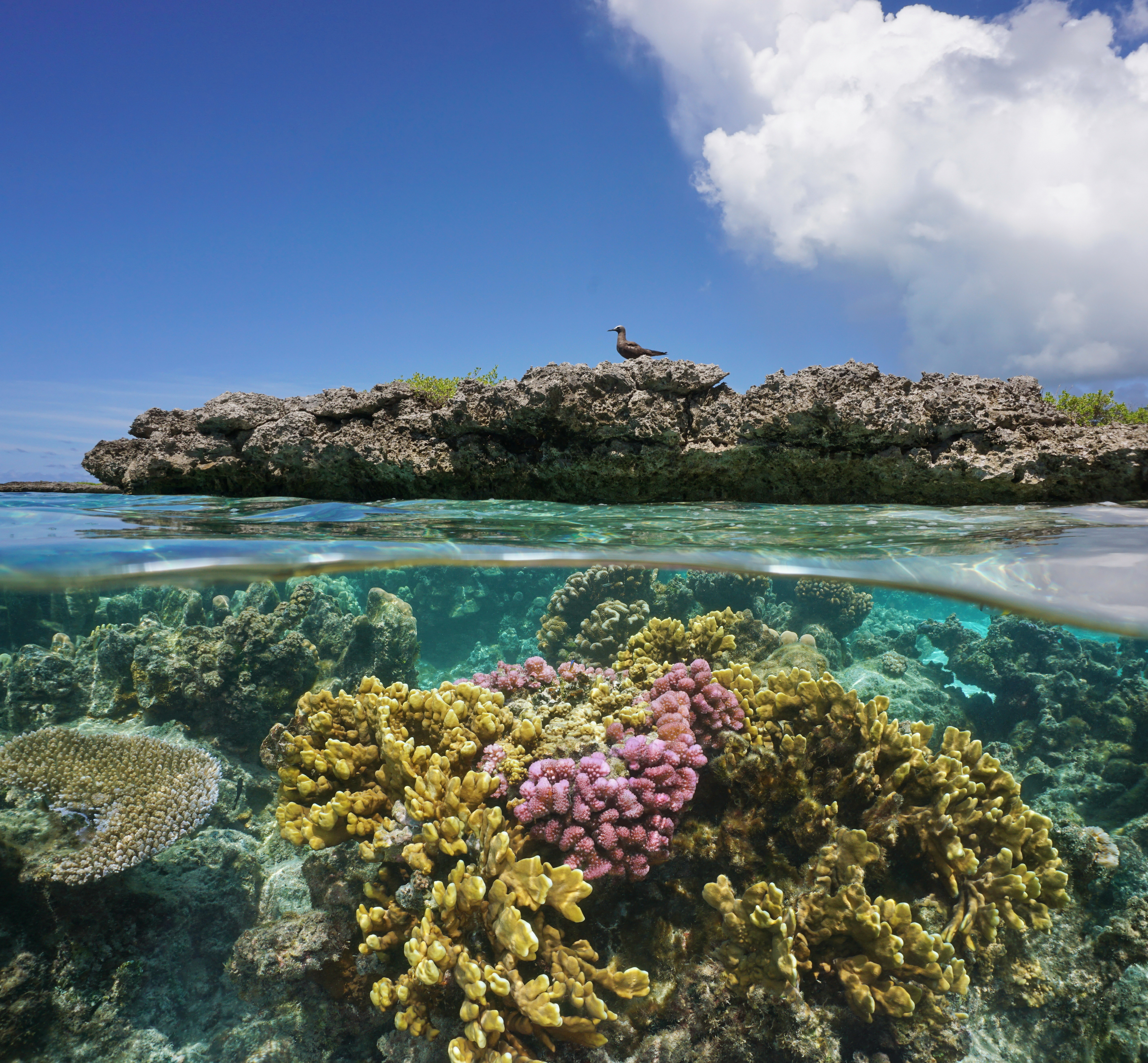
November 18, 2024
Our projects to restore key islets in Nukufetau Atoll forecast climate resilience and community benefits in Tuvalu!
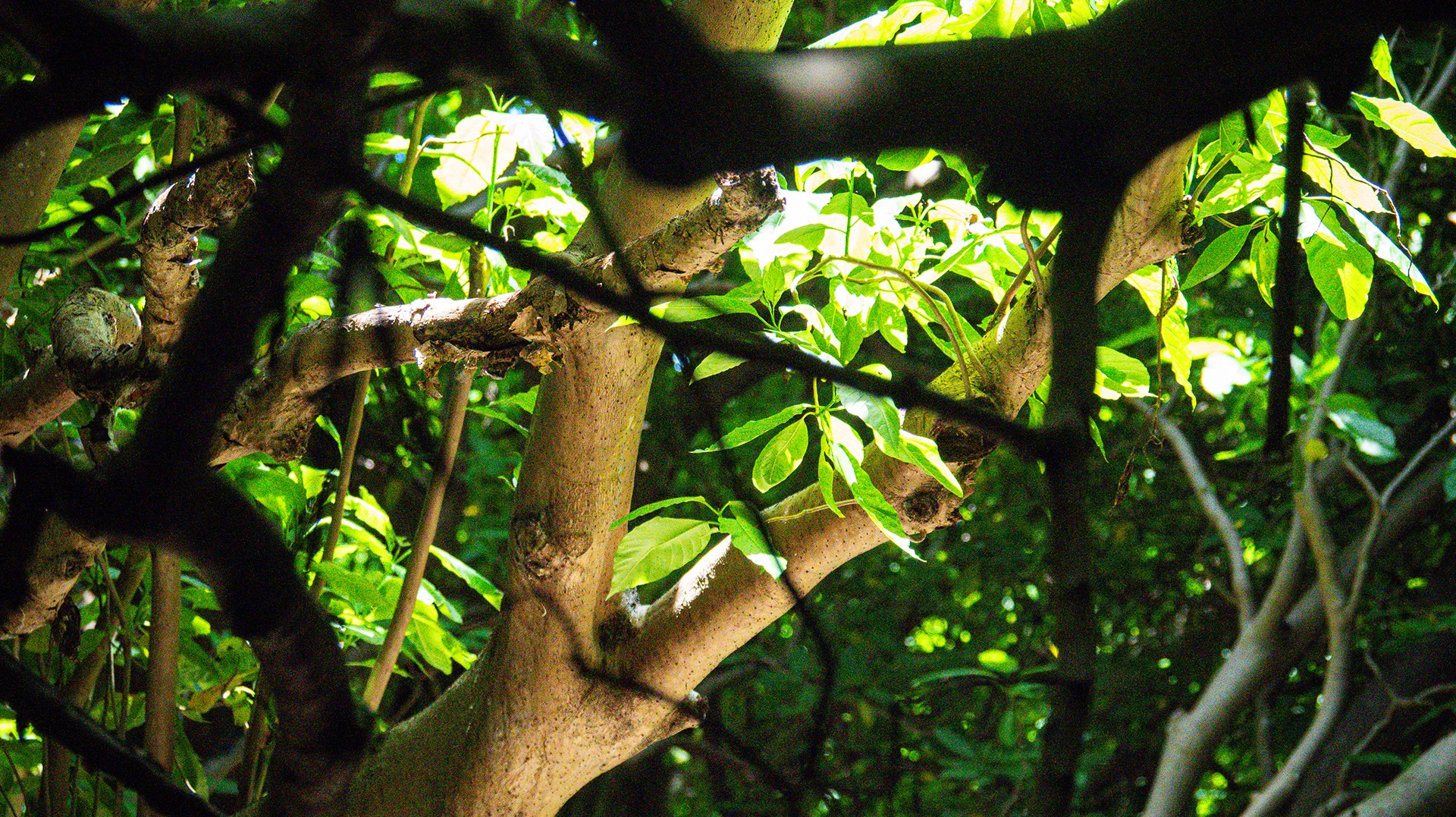
October 3, 2024
Island Conservation and partners have published a new paper quantifying ecosystem resilience on restored islands!
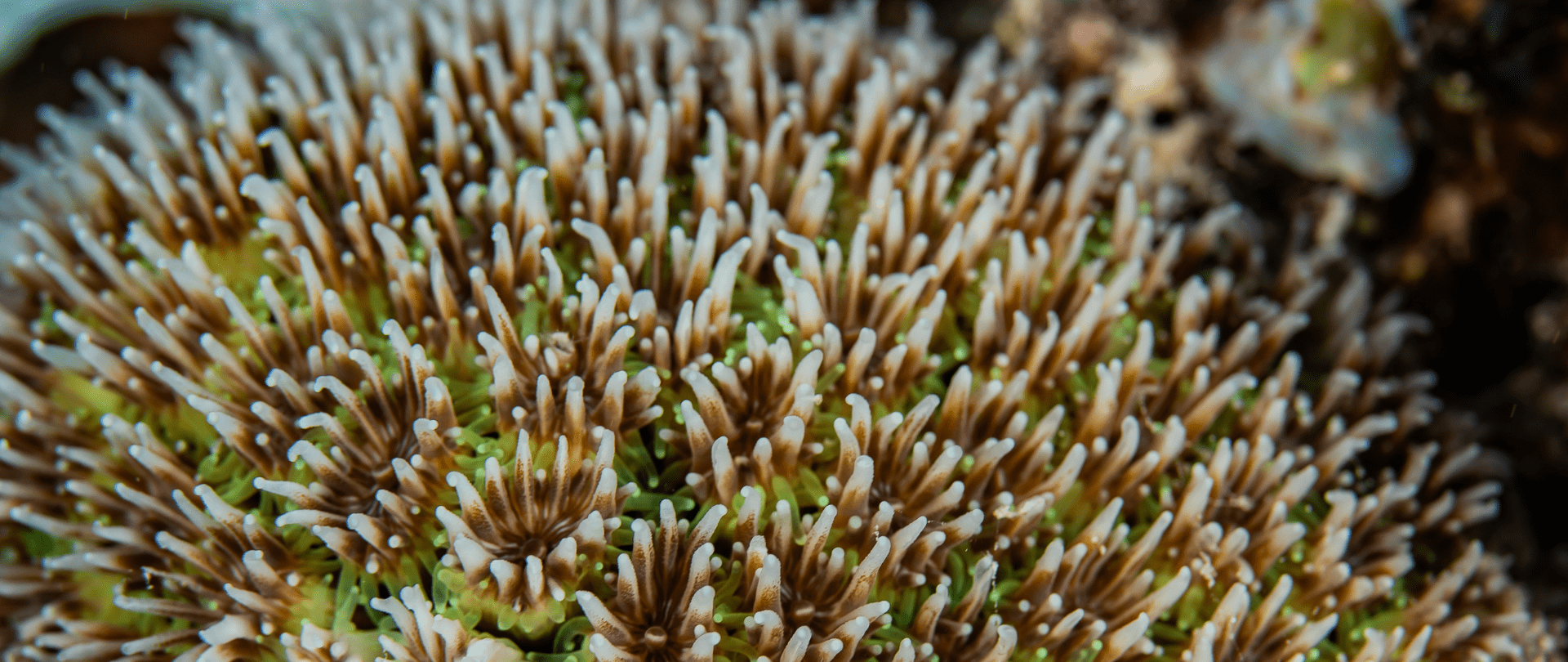
September 10, 2024
Climate Week NYC: what is it and why is it important? Read on to find out why Island Conservation is attending this amazing event!

September 5, 2024
With sea levels on the rise, how are the coastlines of islands transforming? Read on to find out how dynamic islands really are!
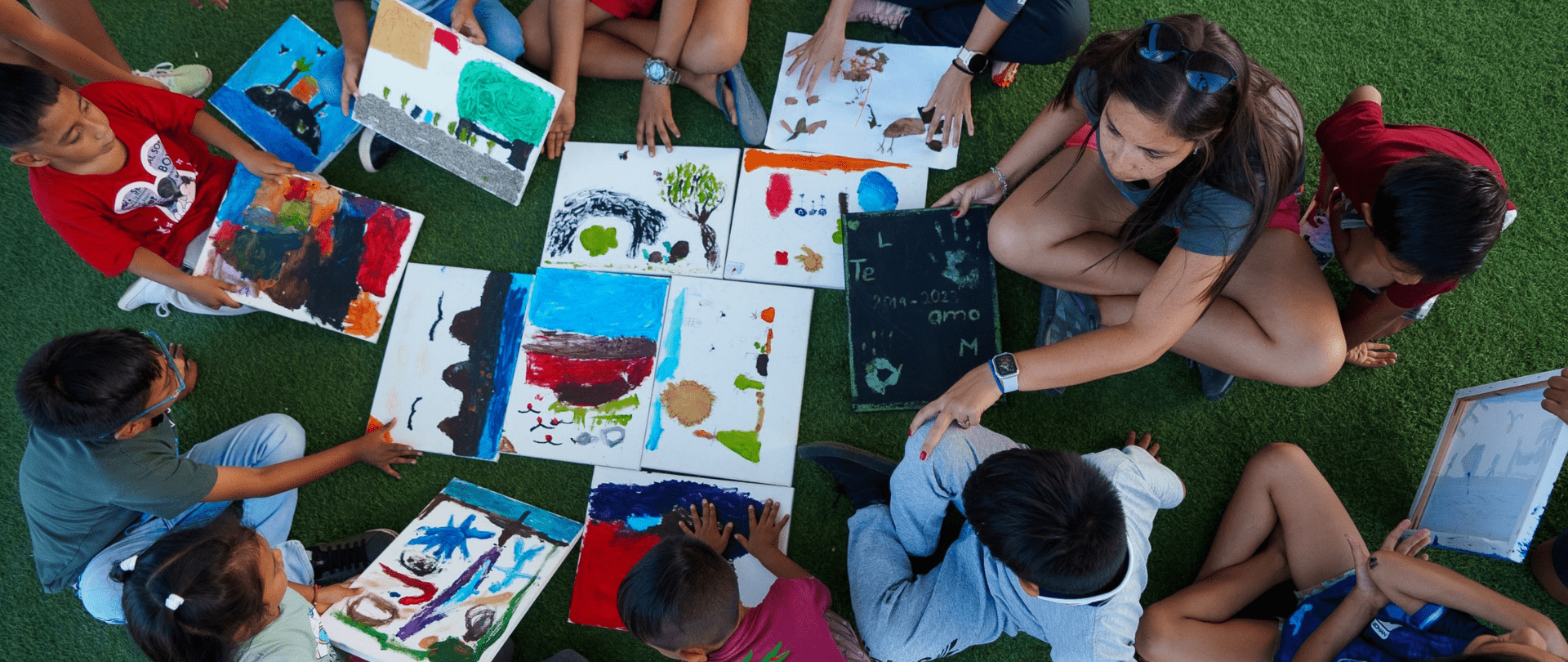
December 14, 2023
Join us in celebrating the most amazing sights from around the world by checking out these fantastic conservation photos!
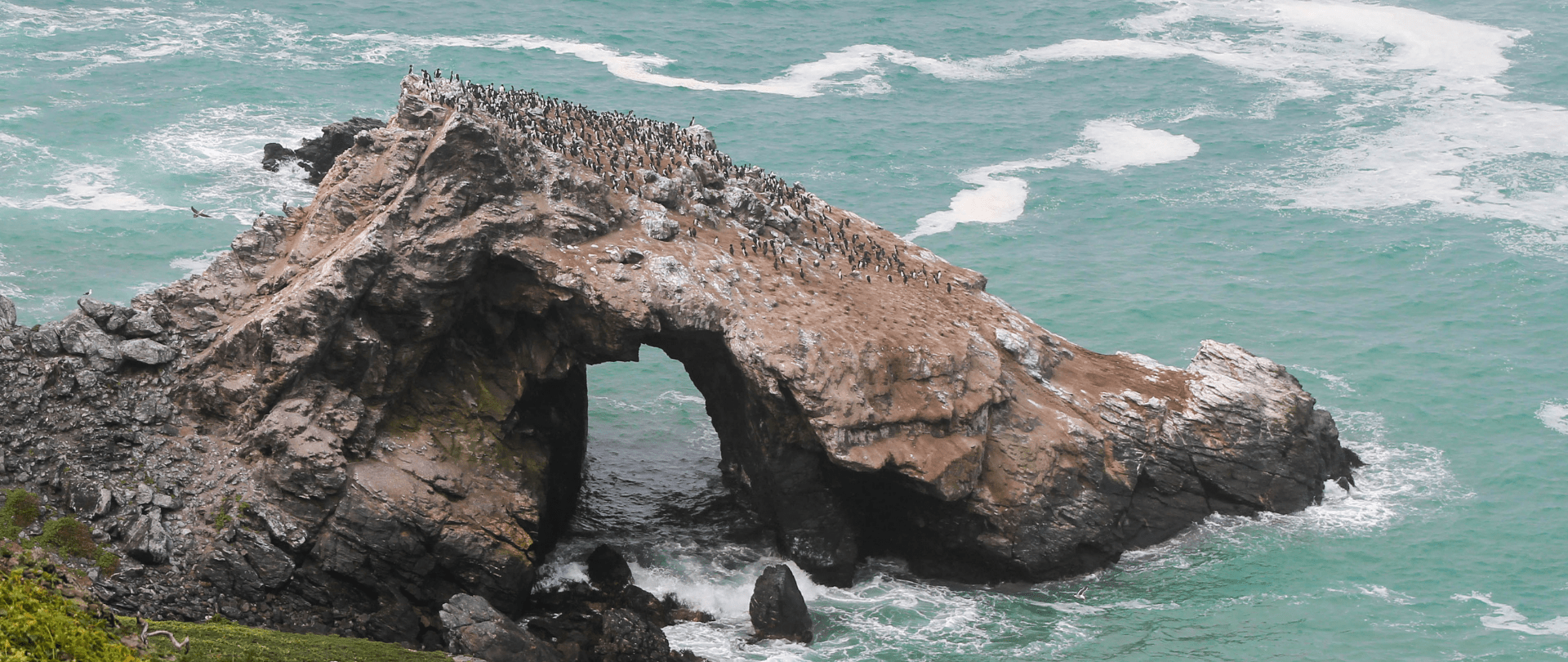
November 28, 2023
Rare will support the effort to restore island-ocean ecosystems by engaging the Coastal 500 network of local leaders in safeguarding biodiversity (Arlington, VA, USA) Today, international conservation organization Rare announced it has joined the Island-Ocean Connection Challenge (IOCC), a global effort to…